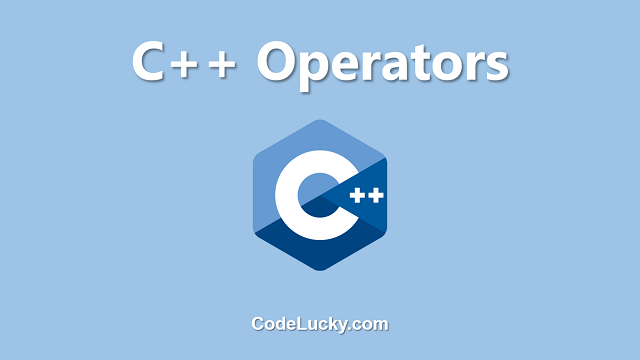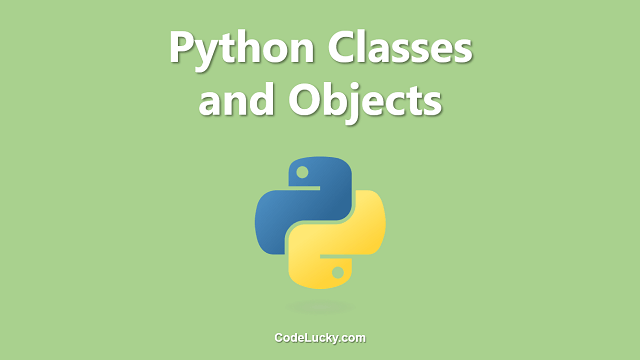In C++, a reference is a way to refer to an existing variable using a new name. It allows you to create an alias for a variable, which can be useful in certain situations, such as passing large objects to a function by reference to avoid copying them.
Declaring References
To declare a reference, you use the ampersand (&) operator followed by the variable name. The variable that the reference refers to must already exist and be initialized. Here is an example of declaring a reference to an int variable:
int x = 10; int &y = x;
In this example, the variable y is a reference to the variable x. Any change made to y is also made to x, and vice versa.
Passing Variables to Functions by Reference
One of the most common uses of references is to pass variables to functions by reference. This allows the function to modify the original variable, rather than a copy of it. Here is an example of passing an int variable to a function by reference:
void doubleValue(int &x) {
x *= 2;
}
int x = 10;
doubleValue(x);
cout << x;
Output:
20
References and Pointers
References and pointers are similar in that they both allow you to refer to an existing variable, but there are some key differences between them. A reference must be initialized when it is declared and cannot be changed to refer to a different variable, while a pointer can be initialized later and can be made to point to different variables. Additionally, references are safer to use than pointers because they cannot be null and cannot be made to point to an invalid memory location.
References and const keyword
A reference can also be declared as const, which means that the variable it refers to cannot be modified through the reference. Here is an example:
int x = 10; const int &y = x; y = 20; // error: y is const
References and Arrays
References can also be used with arrays. Here is an example of declaring a reference to an array:
int array[5] = {1, 2, 3, 4, 5};
int (&ref)[5] = array;
In this example, ref is a reference to the entire array, and can be used to access and modify the elements of the array.
References and STL containers
References are also commonly used with STL containers like vector, list, etc. Here is an example:
#include
using namespace std;
vector v {1, 2, 3};
vector &ref = v;
ref.push_back(4);
cout << v[3];
Output:
4
Conclusion
In conclusion, references in C++ provide a way to create an alias for a variable, which can be useful in certain situations such as passing large objects to a function by reference to avoid copying them. They are similar to pointers, but are safer to use because they cannot be null and cannot be made to point to an invalid memory location. Additionally, references can also be declared as const, which means that the variable they refer to cannot be modified through the reference. References are commonly used with arrays, STL containers and other data structures in C++.
It’s important to keep in mind that references are not pointers and they do not have memory address, but they are just an alias to an existing variable. Therefore, the use of references should be carefully considered and should be used appropriately to avoid confusion and bugs in the code.







